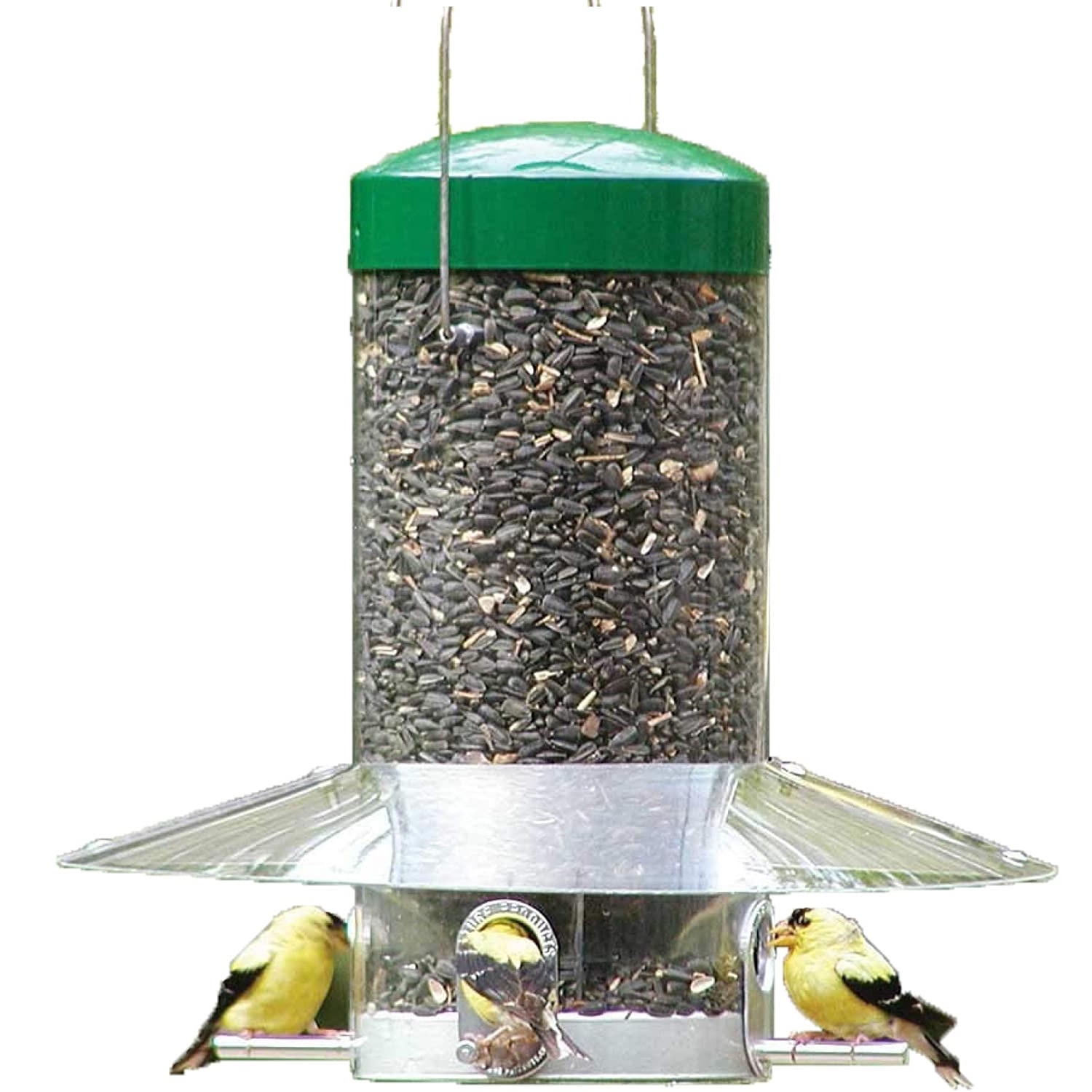
These studies prompted Lees and Shutt to take a closer look at the literature around bird feeding in an effort to draw clearer links between feeders and their effects on the broader ecosystem. A third study found that the U.K.’s feeding of Blackcaps could be driving a speciation event between birds that leave for continental Europe and ones who stay around feeders in the winter. Indeed, another study found that feeder seed can make up as much as 75 percent of an individual British tit’s daily diet.

Around 64 percent of British households put out bird seed-some 165,000 tons of it-enough, one study found, to sustain triple the combined population of the island’s most common feeder species. is one of the most dedicated bird-feeding cultures in the world, Lees says.

leads the world in terms of sheer seed consumption, the densely populated U.K. suggests that the impacts of widespread supplementary feeding may run considerably deeper than disease transmission.
#FINCH FEEDERS SERIES#
“It’s a recipe for disaster.” (When a still mysterious illness befell birds in several states last summer- causing officials to ask birders to take down their feeders-the finding that feeders were not ultimately a culprit came as a surprise to many experts.)īut a series of studies from the U.K. “You’ve got different species pecking at the same bit of plastic, which is covered in various bird bodily fluids,” says study co-author Alexander Lees, an ornithologist at Manchester Metropolitan University. In the U.S., trichomoniasis and salmonella outbreaks associated with dirty feeders are common bird killers. may have helped dove trichomoniasis-an opportunistic and nasty parasitic infection- jump into European Greenfinches, whereupon it hit epidemic levels and killed up to half a million birds. In 2005 scientists concluded that shared feeders in the U.K.

Foremost among them is disease transmission. “And they’re not always going to be the ones that you’re expecting.”īird feeding carries a few well-recognized risks. But a recent review paper published in Biological Conservation raises a troubling possibility: bird feeding could be reshaping some local environments-and squeezing out some of the bird species such feeding is supposed to help. “If you’re dumping millions of tons of additional nonnatural resources into an environment, you’re going to get massive, massive impacts,” says lead study author Jack Shutt, a conservation ecologist at Manchester Metropolitan University in England. After all, habitat destruction from human activity is a leading cause of bird population declines, so feeding birds seems like an obvious way to help offset that loss. The benefits of all of this provisioning have tended to go unquestioned. As more people have begun watching birds, many, like me, have done so by setting out a feeder.

But over the past two years, bird feeding has surged in popularity-nonprofit organizations, including the National Audubon Society, reported record 2020 sales in their backyard bird feeder and wild-bird-food-licensing programs, and some birding stores noted 50 percent jumps in demand. already made up $4 billion of the global $5-billion to $6-billion bird food market. Feeders have long been a popular way to connect with nature and draw in native species and passing migrants for our edification. They flitted down from the pecan trees and telephone wires: bold Tufted Titmice, bouncing Northern Cardinals and bullying crowds of White-winged Doves, House Sparrows and European Starlings. The birds, drawn by seed and suet slabs, came soon afterward. In May 2020, as the first wave of the COVID-19 pandemic chewed through Texas, I went to an Austin nature store and bought several bird feeders.


 0 kommentar(er)
0 kommentar(er)
